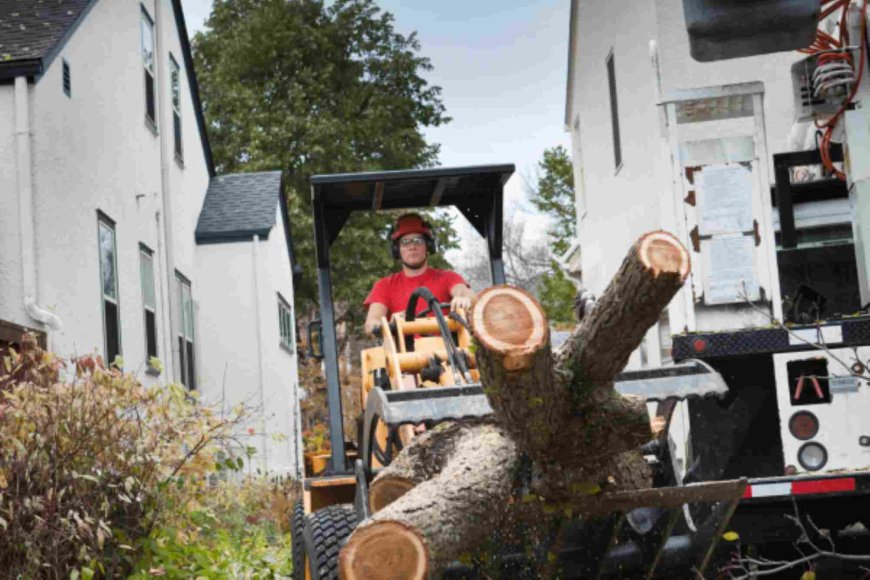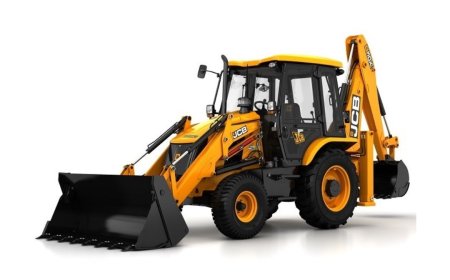Tree Removal – The Complete Guide for Property Owners
Tree removal isn’t something we look forward to, but sometimes it’s necessary. Whether it’s for safety, space, or curb appeal, removing a tree should always be done carefully and professionally. Don’t risk your safety—bring in the pros when it counts, and always follow local guidelines to keep your property safe and compliant.

Tree removal is the process of cutting down and safely removing a tree from a property. This may involve felling the tree, removing the branches, grinding the stump, and clearing the site. It's often a necessary step when a tree becomes hazardous, diseased, or simply outgrows its space.
?? When Should You Consider Tree Removal?
1. The Tree Is Dead or Dying
A dead tree poses a serious safety risk. Its limbs can fall, and in time, the entire tree may topple. Removing it early avoids potential damage or injury.
2. The Tree Is Diseased
Signs of disease like fungal growths, brittle branches, leaf discoloration, or hollow trunks may indicate it's time to say goodbye.
3. Structural Damage Risk
If a tree is leaning toward your home, power lines, or a high-traffic area, its better to remove it than risk it falling unexpectedly.
4. Root Interference
Tree roots can damage sidewalks, driveways, septic tanks, and even building foundations. Removal prevents long-term structural damage.
5. Overcrowding
Sometimes trees grow too close to each other. Removing one can help the others thrive with more space, sunlight, and nutrients.
6. Construction or Landscaping
Planning to build a new garage or install a pool? Tree removal might be necessary to make room for your new design.
? The Tree Removal Process (Step-by-Step)
Step 1: Tree Assessment
An arborist evaluates the trees health, size, location, and potential hazards before starting.
Step 2: Securing the Area
The area is cleared of vehicles, people, and valuables. Safety gear and barriers are set up to protect the surroundings.
Step 3: Tree Climbing or Bucket Truck Access
Depending on the trees height and position, workers may climb it using harnesses or use a bucket truck.
Step 4: Limb Removal
Branches are cut off in sections, usually starting from the top, to reduce the trees size gradually and safely.
Step 5: Trunk Cutting
Once de-limbed, the trunk is cut into manageable sections and safely brought down.
Step 6: Stump Removal (Optional)
Stump grinding or complete stump removal can be done to leave the ground clean and ready for new use.
? Tools and Equipment Used in Tree Removal
-
Chainsaws For cutting limbs and trunks
-
Ropes and Pulleys To control the direction of falling limbs
-
Cranes or Bucket Trucks For tall or hard-to-reach trees
-
Stump Grinders To grind down remaining stumps
-
Protective Gear Helmets, gloves, goggles, harnesses for safety
? How Much Does Tree Removal Cost?
Several factors affect the price:
-
Size of the Tree: Taller trees cost more.
-
Location: Trees near buildings or power lines require extra care.
-
Tree Condition: Dead or rotted trees may be harder to remove safely.
-
Stump Grinding: Typically an additional cost.
Average Cost Estimates:
-
Small trees: $150$500
-
Medium trees: $400$1,000
-
Large trees: $1,000$2,000+
-
Stump removal: $75$400
Always get a written estimate before starting.
? Dangers of DIY Tree Removal
While it might be tempting to save money by doing it yourself, tree removal is one of the most dangerous home projects. Without proper tools and training, you risk:
-
Injury or death
-
Property damage
-
Electrical hazards
-
Legal consequences (if you damage public property or utilities)
When in doubt, always call a certified professional.
? Benefits of Hiring a Tree Removal Professional
-
Expert Assessment: They know if a tree really needs removal or can be saved.
-
Safety First: Trained in cutting techniques and fall control.
-
Cleanup Included: Debris and logs are usually hauled away.
-
Licensed & Insured: Protection for you and your property.
? Permits and Legal Requirements
Many local governments require permits for tree removalespecially for trees over a certain size or in conservation zones.
Always check local regulations before removing a tree. Removing a protected tree without approval can result in heavy fines.
? What Happens After Tree Removal?
After removing the tree, you may choose to:
-
Plant a new tree in its place
-
Level the ground for landscaping or construction
-
Use the mulch from the stump grinding in your garden
-
Leave the stump (not recommended unless in a low-traffic area)
? Eco-Friendly Tree Removal Tips
-
Recycle wood: Turn it into firewood, furniture, or mulch.
-
Replant another tree to replace the one you removed.
-
Hire green-certified companies that practice sustainable methods.
? Tree Removal and Property Value
Did you know removing a dangerous or dying tree can boost your home's value? It increases curb appeal, opens up space, and eliminates safety concerns.
On the flip side, removing a healthy tree without a landscaping plan might reduce shade, privacy, and aesthetic charm.
? Final Thoughts on Tree Removal
Tree removal isnt something we look forward to, but sometimes its necessary. Whether its for safety, space, or curb appeal, removing a tree should always be done carefully and professionally. Dont risk your safetybring in the pros when it counts, and always follow local guidelines to keep your property safe and compliant.
?FAQs About Tree Removal
1. Do I always need a permit to remove a tree?
Not always, but many cities require permits, especially for large or protected trees. Always check local regulations.
2. How long does tree removal take?
It depends on the size and location. Small trees can be removed in a few hours, while large ones may take a full day or more.
3. Can I leave the stump after removing the tree?
Yes, but it may attract pests or become a tripping hazard. Stump grinding is usually recommended.
4. Will tree removal damage my lawn or driveway?
Professionals take precautions, but heavy equipment may cause minor damage. Discuss this with your contractor ahead of time.
5. What happens to the wood after tree removal?
You can keep it as firewood, mulch it, or have the crew haul it away. Many companies offer eco-friendly disposal options.







































